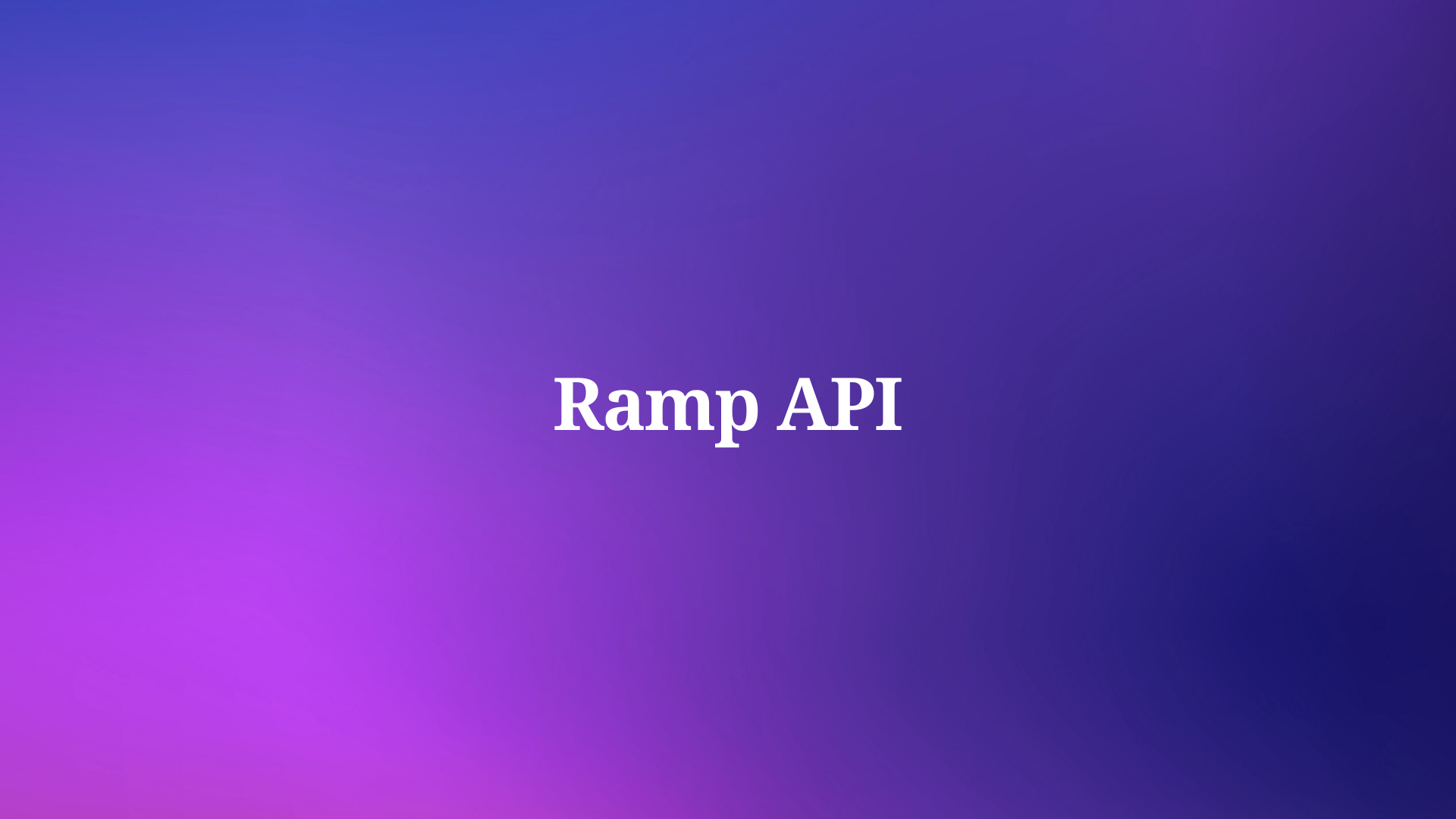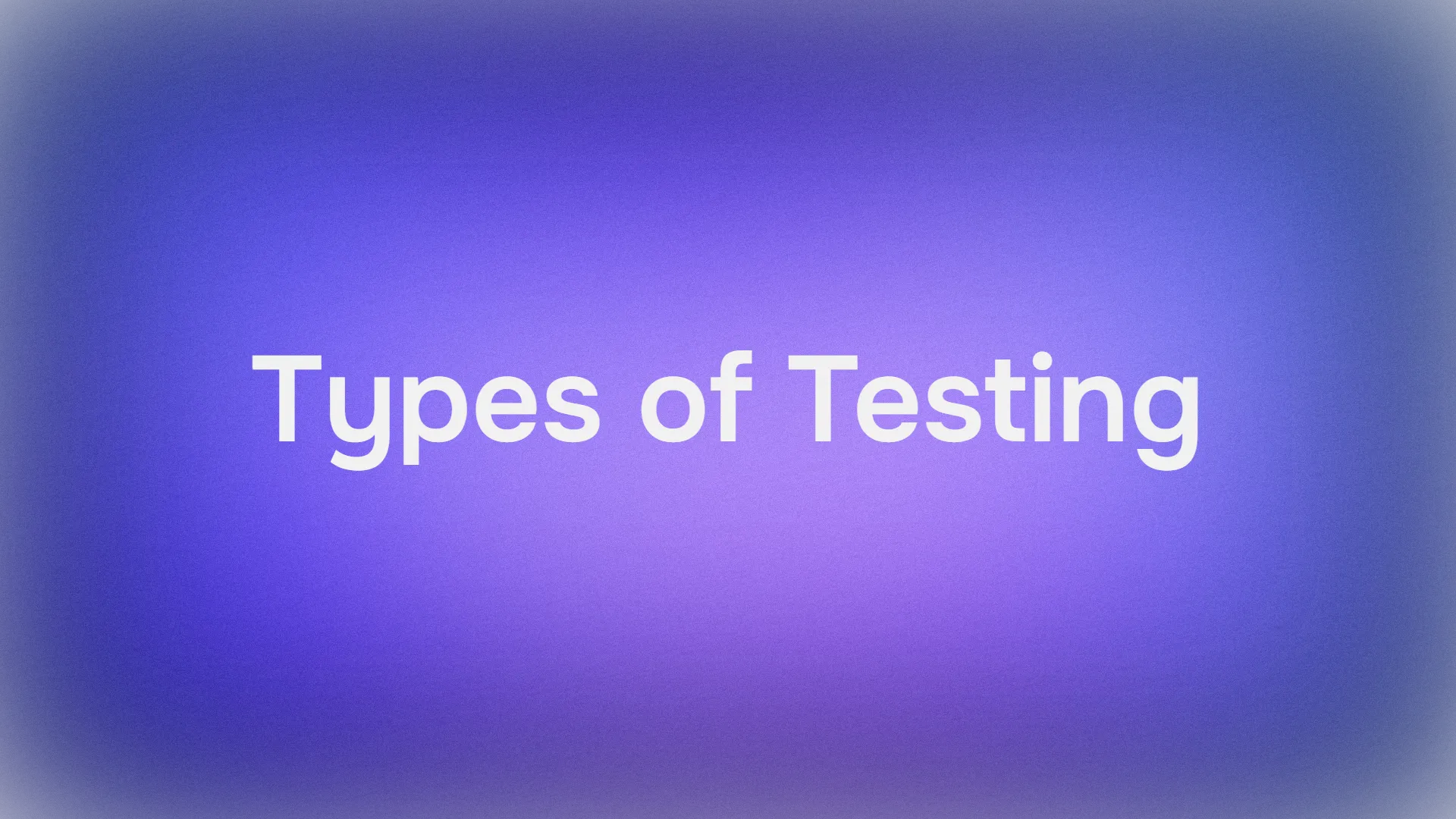Are you ready to combine the power of Cursor AI with Claude 3.5 Sonnet? You’re in the right place! In this step-by-step guide, I’ll walk you through exactly how to do that while making the most of APIs and development tools. Plus, I'll share a powerful recommendation to help you streamline your API development process: Apidog. Whether you’re a developer, content creator, or curious tech enthusiast, this guide will make everything clear and easy to follow.
What is Cursor AI?
Cursor AI is an innovative code editor powered by artificial intelligence that simplifies coding, documentation, and creative writing tasks. It’s designed for developers who want to streamline their workflow without sacrificing the quality of their output. Whether you're writing code, creating poetry, or developing applications, Cursor AI enhances your productivity by offering real-time suggestions and generating high-quality content.

Cursor AI is especially useful for tasks like generating API documentation, performing code reviews, and even producing creative pieces such as sonnets—like what you’ll do with Claude 3.5 Sonnet.
What is Claude 3.5 Sonnet?
Claude 3.5 Sonnet is the latest AI language model developed by Anthropic. Known for its ability to generate poetic content, Claude 3.5 Sonnet stands out for its human-like creativity and fluency. It specializes in natural language understanding and is perfect for writing poetry, especially in the form of sonnets.

When paired with Cursor AI, you can generate entire sonnets, lines of poetry, or even automate creative writing tasks. The combination of the two tools allows you to fine-tune your creative outputs while ensuring the final product meets your expectations.
Why Combine Cursor AI with Claude 3.5 Sonnet?
Using Cursor AI alongside Claude 3.5 Sonnet is like combining the best of both worlds: Cursor AI takes care of the technical aspect, and Claude 3.5 Sonnet infuses creativity into the project. Imagine writing high-quality poetry or code, powered by AI, while maintaining full control over the editing process.
Some reasons why combining these two tools is beneficial:
- Efficiency: You save time by letting AI do most of the heavy lifting.
- Accuracy: Claude 3.5 Sonnet’s understanding of language patterns ensures that your content is both grammatically correct and creative.
- Flexibility: Whether you want to write code or a Shakespearean sonnet, this combination handles both effortlessly.
Now that we’ve covered the "why," let's get into the "how."
Prerequisites Before You Start
Before diving in, make sure you have:
- A Cursor AI account and installation.
- Access to Claude 3.5 Sonnet through Anthropic’s API or integrated platform.
- Apidog for managing your API calls if you're doing anything related to development or need to streamline API testing.
Once you have these, you’re good to go!
Step-by-Step Guide to Using Cursor AI with Claude 3.5 Sonnet via Anthropic API
The best way to integrate Claude 3.5 Sonnet with Cursor AI is by connecting directly to the Anthropic API. Follow this step-by-step guide to get set up quickly and efficiently.
Step 1: Get Your Anthropic API Key
First, you need to secure an Anthropic API key. Here’s how to do it:
- Go to the Anthropic website and create an account if you haven’t already.
- Once logged in, head to the API section in your dashboard.
- Find the option to create a new API key and click on it.

- Name your key, select your collaborative space, and click the 'Create Key' button to generate it.

- Your API key is essential for authenticating your requests to the Anthropic API. Make sure to copy and store it securely—this key gives access to paid services, so keep it confidential.

By following these steps, you'll be able to use the Claude 3.5 Sonnet model directly within Cursor AI for enhanced functionality.
Step 2: Configure Cursor AI for Claude 3.5 Sonnet Integration
Open the Cursor AI app on your computer, ensuring it's updated to the latest version for seamless performance. In the main dashboard, find the Settings icon (usually a gear symbol) and click on it to access the configuration panel. Navigate to the "AI Models" or "Integrations" tab within the settings. Here, you’ll need to enter your Anthropic API key to activate the Claude 3.5 Sonnet integration. Once added, ensure the integration is enabled for optimal performance.

In the API key field, paste your Anthropic API key carefully, making sure there are no extra spaces or characters. Next, browse through the available AI models and locate Claude 3.5 Sonnet. Look for a toggle switch or checkbox next to it and activate it to enable the model. If you're using a different version of Cursor AI, you might need to select Claude 3.5 Sonnet from a dropdown menu.
After entering your API key and enabling Claude 3.5 Sonnet, find and click the “Save” or “Apply” button to confirm your settings. This ensures your configuration is fully activated.
Step 3. Test and Use Claude 3.5 Sonnet
With everything configured, it’s time to test the integration. Close the settings and return to the main Cursor AI workspace. Run a Claude-specific command or prompt to check if the integration works. For example, you can ask Claude to explain a code snippet or suggest improvements to a function.

If the setup is correct, you'll start receiving responses from Claude 3.5 Sonnet. You can now use it for tasks like code completion, refactoring, answering coding queries, and more, directly within Cursor AI
Common Challenges and How to Overcome Them
While using Cursor AI with Claude 3.5 Sonnet is straightforward, you may encounter some common challenges. Here’s how to address them:
Challenge 1: API Integration Issues
- Solution: Double-check your Claude 3.5 Sonnet API key and ensure that it’s correctly input in Cursor AI’s integration settings.
Challenge 2: AI-Generated Content Doesn’t Meet Expectations
- Solution: Use more specific prompts. For example, instead of saying “Write a sonnet,” specify the theme or even the mood you want, like “Write a sonnet about love, with a melancholic tone.”
Challenge 3: Slow Performance
- Solution: Ensure that both Cursor AI and Claude 3.5 Sonnet are running the latest versions. Also, make sure your internet connection is stable when making API calls.
Best Practices for Using Cursor AI with Claude 3.5 Sonnet
To get the most out of this combination, follow these best practices:
- Use Detailed Prompts: The more specific your prompt, the better the output.
- Edit in Real-Time: Take advantage of Cursor AI’s ability to suggest changes while Claude 3.5 Sonnet generates content.
- Test API Integrations: If you’re using APIs, test them frequently using tools like Apidog to ensure everything runs smoothly.
- Back-Up Content: AI-generated content can be overwritten if not saved, so ensure you frequently back up your work.
Before we wrap up, let's address a common challenge that many developers face: API testing. You've probably used Postman for API collaboration, right? It’s well-known, but let’s be honest—Postman has been declining in quality lately. Yet, as part of a development team, you need solid collaboration tools, which might lead you to pay for Postman Enterprise at a steep $49/month.
Here’s the good news: You don’t have to.

Apidog offers a user-friendly GUI that’s intuitive and easy to navigate, especially if you’re switching from Postman. It’s collaborative, sleek, and most importantly, doesn’t require any learning curve. You can migrate from Postman effortlessly and get started in no time.

Looking for a better alternative to Postman? Apidog is definitely worth considering. If you’re a tech lead aiming to find a more affordable and superior tool for your dev team, give Apidog a try!



